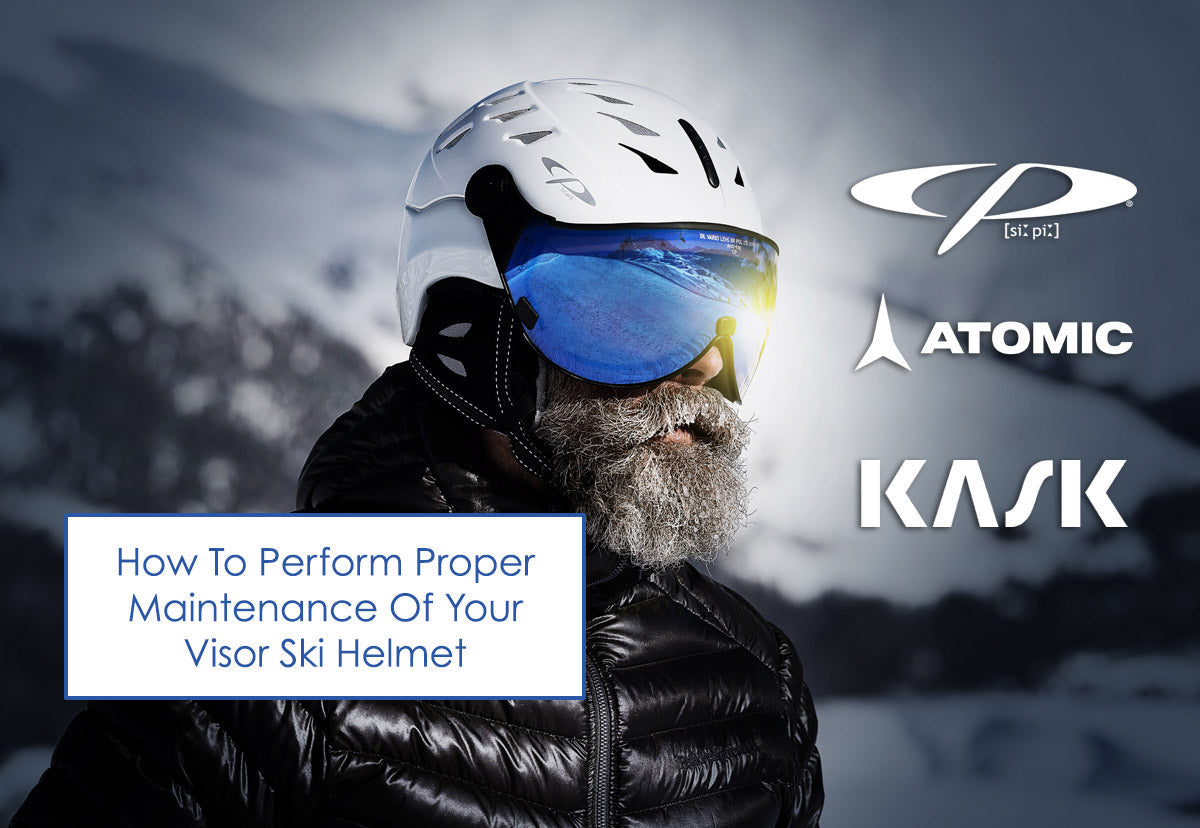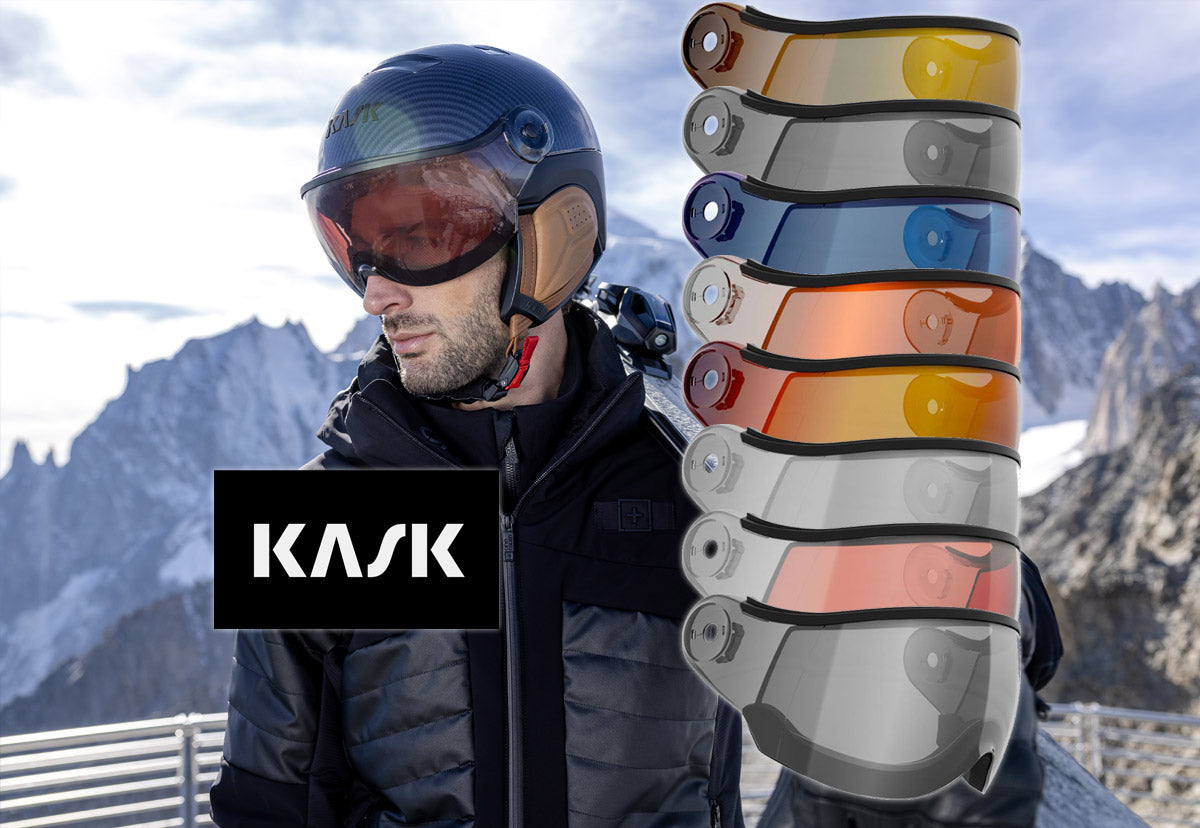Article: Proper Maintenance of Your Visor Ski Helmet

Proper Maintenance of Your Visor Ski Helmet
Proper maintenance of your visor ski helmet is essential to ensure its longevity and optimal performance on the slopes. By following these care guidelines, you can protect your investment and enjoy a safe skiing experience.
-
Handle the Visor with Care

The visor is a critical component of your helmet, providing eye protection and enhancing visibility. To maintain its effectiveness:
- Keep the Visor Closed While Skiing: For helmets equipped with a single-lens visor, always ski with the visor in the closed position. This practice prevents snow and moisture from entering the interior surface, which is treated with a delicate anti-fog coating.
- Avoid Moisture on the Inner Surface: The anti-fog coating on single-lens visors is delicate. If the interior becomes wet, refrain from wiping it, as this can remove the coating, reducing its effectiveness and limiting the visor’s suitability to clear weather conditions.
- Use a Visor Cover: When not in use, protect the visor from scratches and environmental damage by covering it with a soft visor cover.
-
Understand Your Visor Type
Visor ski helmets come with either single or double lenses, each requiring specific care:
- Single-Lens Visors: As mentioned, these have an anti-fog coating on the inner surface. Preventing moisture contact is crucial to maintain this coating.
- Double-Lens Visors: These feature an anti-fog coating sealed between two lenses, offering better protection against moisture. This design allows for more straightforward cleaning of the inner surface without compromising the anti-fog properties.
-
Regular Maintenance Checks
To ensure your helmet remains in top condition:
- Tighten Side Screws: Periodically inspect and tighten the screws on the sides of the helmet, as they can loosen over time due to regular use and vibrations.
- Close Vent Ports in Snowy Conditions: While skiing in snow, keep the vent ports closed to prevent moisture from entering the helmet, which can affect both comfort and the integrity of internal components.
-
Cleaning Your Helmet
Proper cleaning enhances the helmet’s lifespan and ensures hygiene:
- Outer Shell: Clean the helmet’s exterior with lukewarm soapy water and a soft cloth to remove dirt and debris. Avoid using harsh chemicals or abrasive materials that could damage the finish.
- Inner Padding: If your helmet has a removable liner, machine wash it at 30°C or hand wash using mild soap and water. Ensure it is thoroughly dry before reinserting it into the helmet.
-
Proper Storage
Storing your helmet correctly prevents damage and extends its usability:
- Use a Carrying Case: Transport your helmet in a dedicated carrying case to protect it from impacts and scratches, especially during travel. This practice is particularly beneficial for air travel, where luggage can be subjected to rough handling.
- Avoid Extreme Temperatures: Do not store your helmet in environments with extreme temperatures, such as inside a car, as this can degrade the materials and compromise safety.
-
Regular Inspections and Replacement
Even with meticulous care, helmets have a finite lifespan:
- Inspect for Damage: Regularly check for cracks, dents, or significant scratches on both the shell and visor. If any damage is detected, replace the helmet immediately to ensure continued protection.
- Follow Manufacturer’s Guidelines: Adhere to the manufacturer’s recommendations regarding helmet replacement, typically suggested every few years or after a significant impact.
By following these comprehensive care instructions, you can maintain the functionality and appearance of your visor ski helmet, ensuring safety and clarity during your skiing adventures.



Leave a comment
This site is protected by hCaptcha and the hCaptcha Privacy Policy and Terms of Service apply.